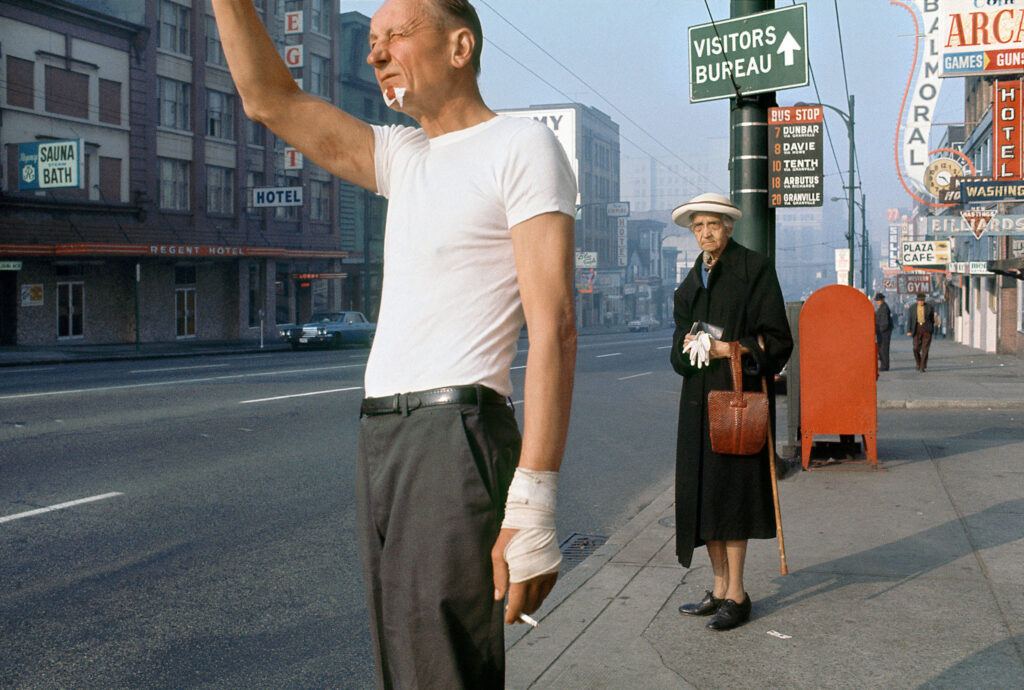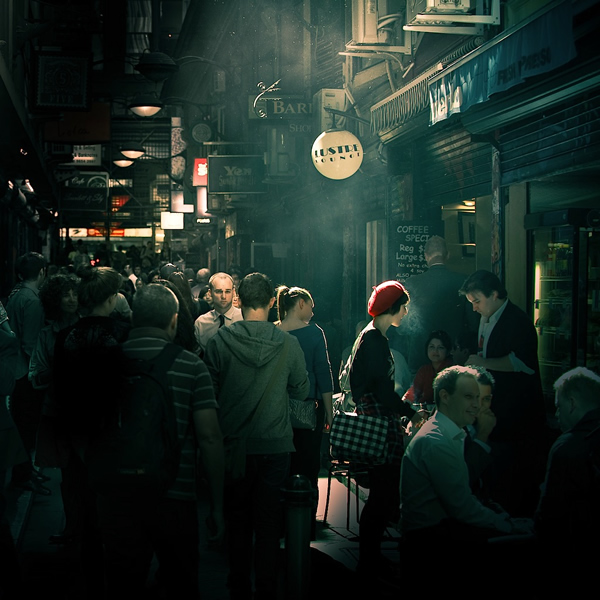The smart Trick of Street Photographers That Nobody is Discussing
The smart Trick of Street Photographers That Nobody is Discussing
Blog Article
Street Photographers - An Overview
Table of Contents6 Simple Techniques For Street PhotographersThe Street Photographers StatementsAn Unbiased View of Street PhotographersThe 6-Second Trick For Street PhotographersGetting The Street Photographers To Work
, a genre of photography that records daily life in a public area. The very publicness of the setup allows the professional photographer to take honest images of complete strangers, usually without their knowledge. Road professional photographers do not necessarily have a social purpose in mind, however they favor to separate and capture minutes which could otherwise go undetected.He was affected by many of those that influenced the road professional photographers of the 1950s and '60s, he was not primarily interested in capturing the spirit of the road. The impulse to aesthetically document people in public started with 19th-century painters such as Edgar Degas, douard Manet, and Henri de Toulouse-Lautrec, who functioned side by side with photographers trying to capture the essence of metropolitan life.
While the photographers' subject was basically the same, the outcomes were markedly various, showing the effect of the professional photographer's intent on the personality of the photos he created.
A Biased View of Street Photographers
Offered the fine high quality of his photographs and the breadth of product, architects and artists often bought Atget's prints to utilize as reference for their very own work, though business interests were rarely his main inspiration. Instead, he was driven to photo every last remnant of the Paris he loved. The mingled enthusiasm and urgency of his goal shine through, causing photographs that tell his very own experience of the city, top qualities that anticipated road digital photography of the 20th century.

Unlike his peers, Brassa utilized a larger-format Voigtlnder camera with a much longer direct exposure time, requiring him to be extra computed and thoughtful in his method than he may have been if using a Leica. (It is believed that he may not have actually been able to pay for a Leica back then, yet he did, however, utilize one in the late 1950s to take colour pictures.) Brassa's photos of the Paris underworld illuminated by man-made light were a discovery, and the compilation of the series that he released, (1933 ), was a significant success.

The Main Principles Of Street Photographers
It is since of this basic understanding of the art of image taking that he is typically credited with uncovering the tool throughout once again about a century since its innovation. He took photos for more than a half century and affected generations of photographers to trust their eye and intuition in the moment.
These are the questions I shall attempt to respond to: And after that I'll leave you with my very own definition of road digital photography. Yes, we do. Let's start with specifying what an interpretation is: According directory to it is: "The act of specifying, or of making something definite, distinct, or clear".
No, definitely not. The term is both more helpful hints restricting and misinforming. Seems like a road digital photography need to be images of a roads right?! And all street photographers, except for a small number of absolute beginners, will fully value that a road is not the essential part to street digital photography, and in fact if it's a photo of a road with possibly a few uninteresting individuals not doing anything of rate of interest, that's not street digital photography that's a snapshot of a road.
The Main Principles Of Street Photographers
He makes a legitimate factor do not you believe? However, while I concur with him I'm uncertain "honest public digital photography" will capture on (although I do kind of like the term "candid photography") due to the fact that "street digital photography" has actually been around for a long period of time, with many masters' names affixed to it, so I believe the term is right here to remain.
Inside?! I hear you yell as you shake your hand to the skies. Why not? You can contend the beach, at a celebration, in an alley, in a park, in a piazza, in a coffee shop, at a museum or art gallery, in a metro station, at an occasion, on a bridge, under a bridge ...
Yes, I'm scared we have no choice! Without regulations we can not have an interpretation, and without an interpretation we don't have a genre, and without a category we don't have anything to specify what we do, and so we are embeded a "guidelines interpretation style" loop! And no-one wishes to get embeded a loophole. - Street Photographers

Report this page